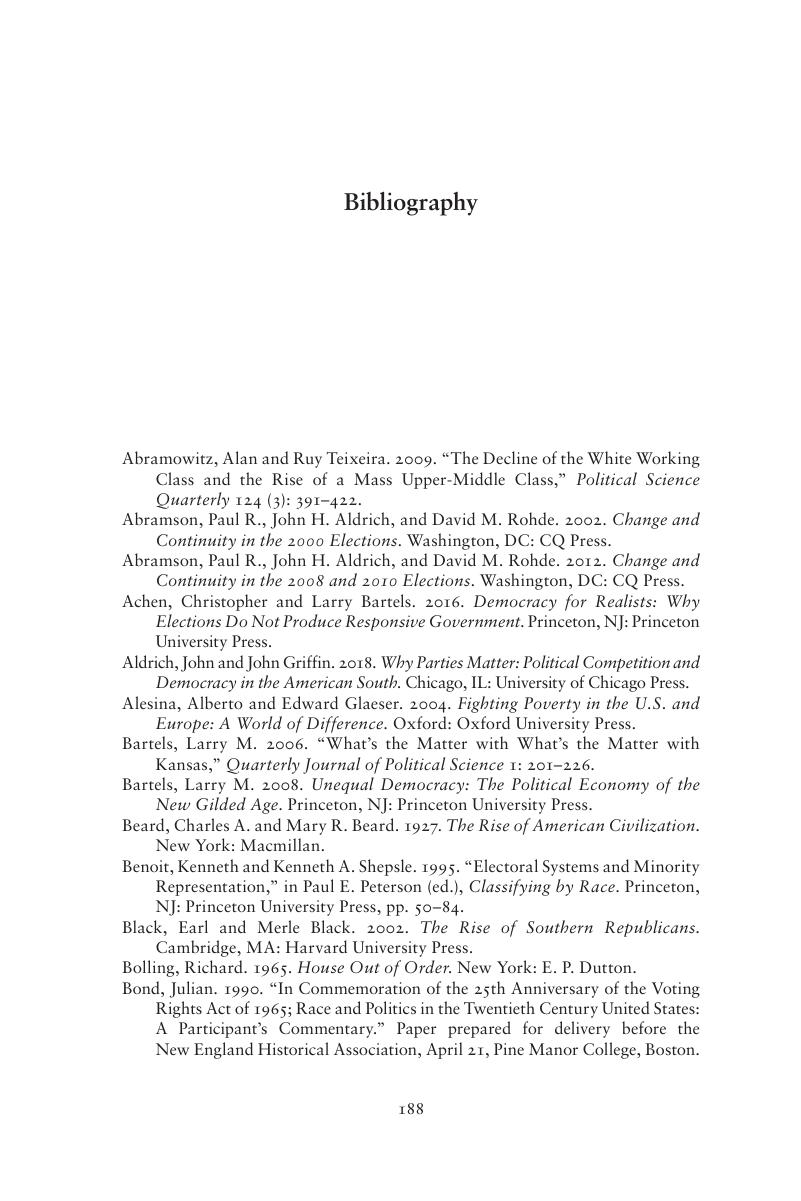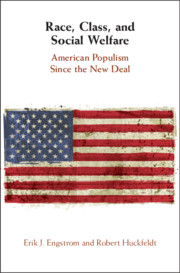Book contents
- Race, Class, and Social Welfare
- Race, Class, and Social Welfare
- Copyright page
- Dedication
- Contents
- Figures
- Tables
- Preface and Acknowledgments
- 1 American Politics and Social Welfare
- 2 Politics at the Intersection of Race, Class, and Oligarchy
- 3 Civil Rights, Social Welfare, and Populism
- 4 Civil Rights and Populism
- 5 Race, Class, and the End of the New Deal in the US Senate
- 6 Transforming the Twentieth-Century House
- 7 Race, Class, and a Transformed Political Economy
- 8 Dueling Populists and the Political Ecology of 2016
- 9 Conclusion: The Dangers of Upside-Down Populism
- Bibliography
- Index
- References
Bibliography
Published online by Cambridge University Press: 07 July 2020
- Race, Class, and Social Welfare
- Race, Class, and Social Welfare
- Copyright page
- Dedication
- Contents
- Figures
- Tables
- Preface and Acknowledgments
- 1 American Politics and Social Welfare
- 2 Politics at the Intersection of Race, Class, and Oligarchy
- 3 Civil Rights, Social Welfare, and Populism
- 4 Civil Rights and Populism
- 5 Race, Class, and the End of the New Deal in the US Senate
- 6 Transforming the Twentieth-Century House
- 7 Race, Class, and a Transformed Political Economy
- 8 Dueling Populists and the Political Ecology of 2016
- 9 Conclusion: The Dangers of Upside-Down Populism
- Bibliography
- Index
- References
Summary

- Type
- Chapter
- Information
- Race, Class, and Social WelfareAmerican Populism Since the New Deal, pp. 188 - 196Publisher: Cambridge University PressPrint publication year: 2020



